Leica SL3-S Hands-On: How Does It Earn the Asking Price?
Why buy a product from Leica with many of the same internal components and capabilities as the far more affordable entries from the other makers? Leica seeks to answer that question with its latest SL3-S, a 24-megapixel design aimed squarely at cameras like the Panasonic Lumix S5IIX. I have the $5,300 Leica SL3-S in hand, but can it convince me of its worth amid a sea of competitive cameras?
The Leica brand undoubtedly faces the same criticism every time it releases a new camera. The products are too expensive and impractical for most users to appreciate. They are often seen as toys for the ultra-wealthy and are definitively luxurious and prestigious products.
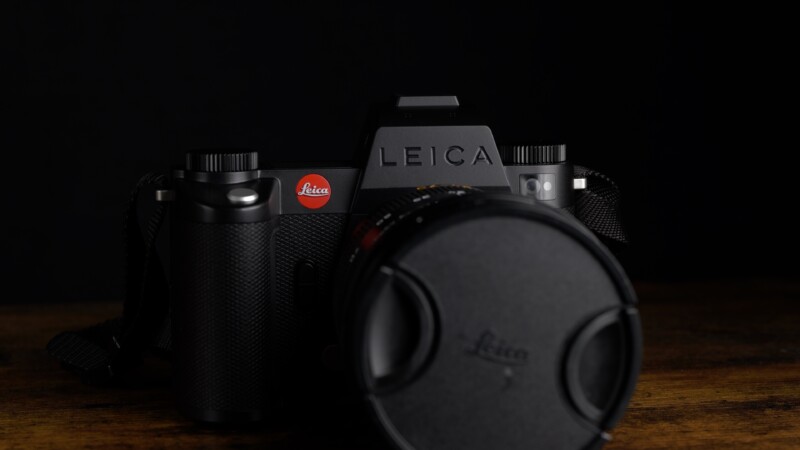
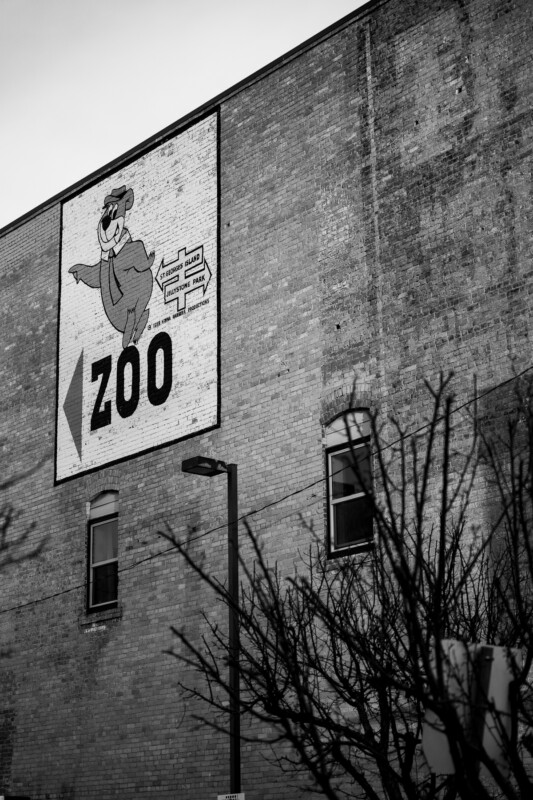
That is a reputation that Leica certainly doesn’t mind owning, but in Leica’s defense, cameras like the Q and M series are also one-of-a-kind products that bring a unique shooting experience to the table that should not simply be discredited as frivolous. However, the Leica SL series are full-frame mirrorless cameras that compete directly against the other brands and it is in this arena that the negative perceptions begin to hold some weight.
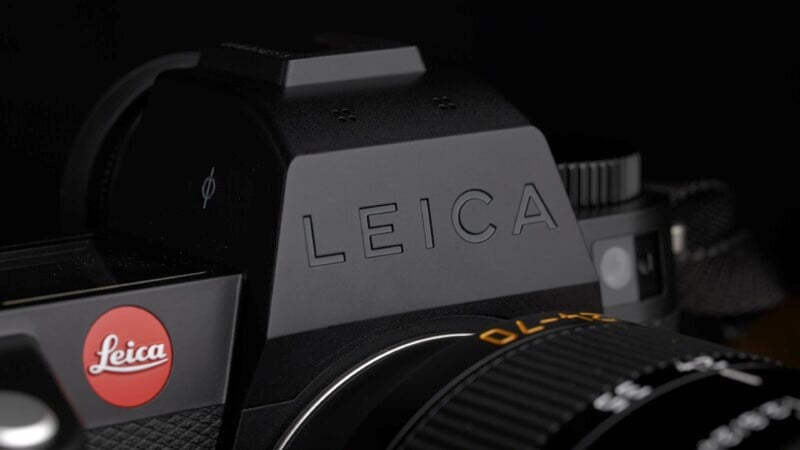

Leica SL3-S Hands-On: A Borrowed Body Design
The SL3-S borrows the same body design as the SL3 and this is largely a good thing. Leica knows how to make tough camera bodies that are far more rugged than most think. With an IP 54 rating, the SLS-3 is a camera truly made for extreme environments even if risking such a high-priced device seems dubious. I find the menus very easy to navigate and I love the simplicity of holding a custom button down for a couple of seconds to reassign whichever function I might want.
Leica has new iconography for its camera functions which are more detailed and easy to interpret and the SL3-S can easily be controlled via three command dials and a responsive touchscreen. There is a detailed 5.76-million dot EVF with which to compose images but I don’t love the limited tilt of the back panel considering the hybrid nature of this camera. Leica has wisely chosen to include C2PA content authentication which is oddly absent in the SL3. This will add some appeal to journalists who choose to use Leica mirrorless cameras.
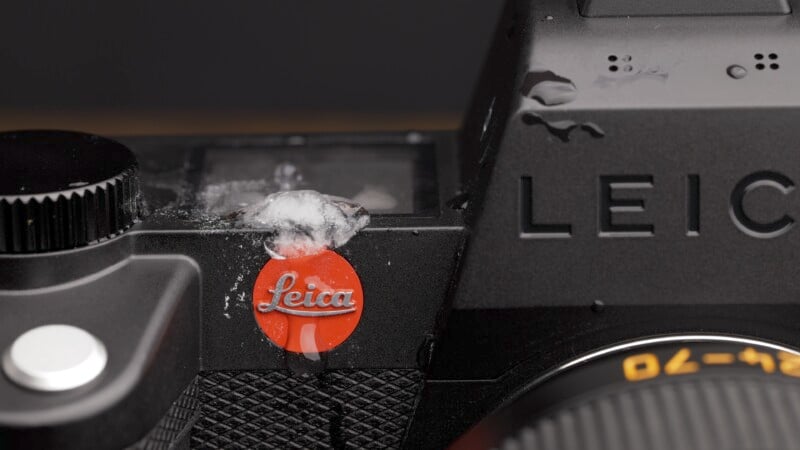
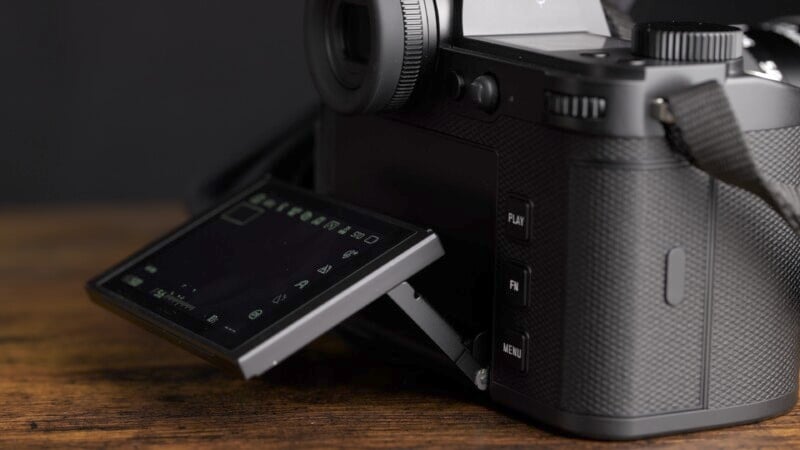
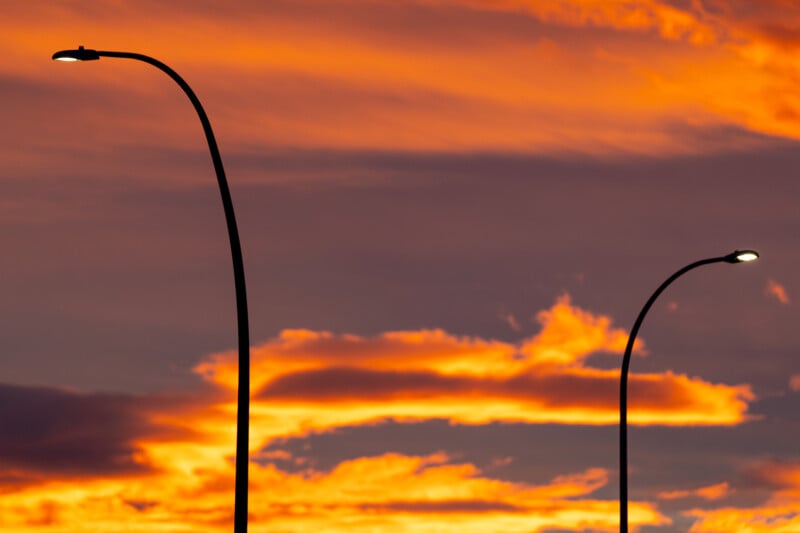
SL3 bodies feature both a UHS-II SD card slot and also a faster CFexpress Type B slot which provides the speed required for high-quality video and provides a very healthy buffer capable of shooting hundreds of frames before slowing down. This is certainly an advantage over the twin SD slots found in most competitive products. I enjoyed the overall handling of the 60-megapixel SL3 and so I enjoy using this camera for the same reasons. It is a well-designed camera.
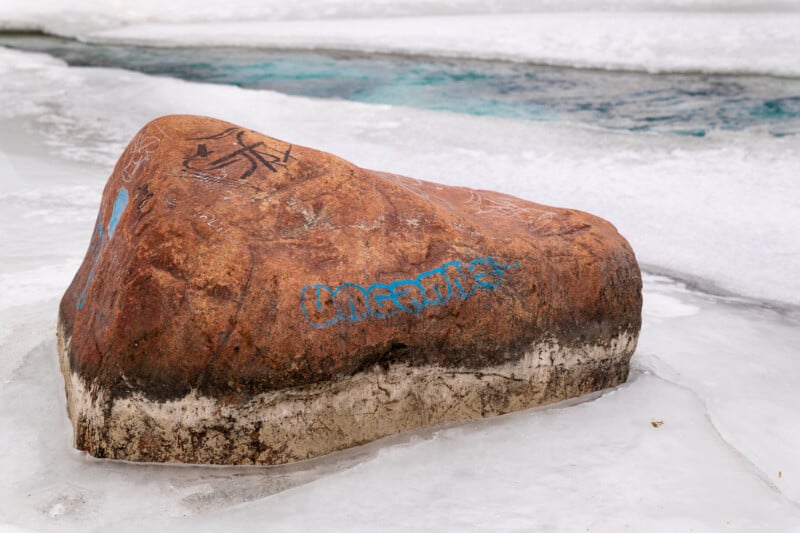
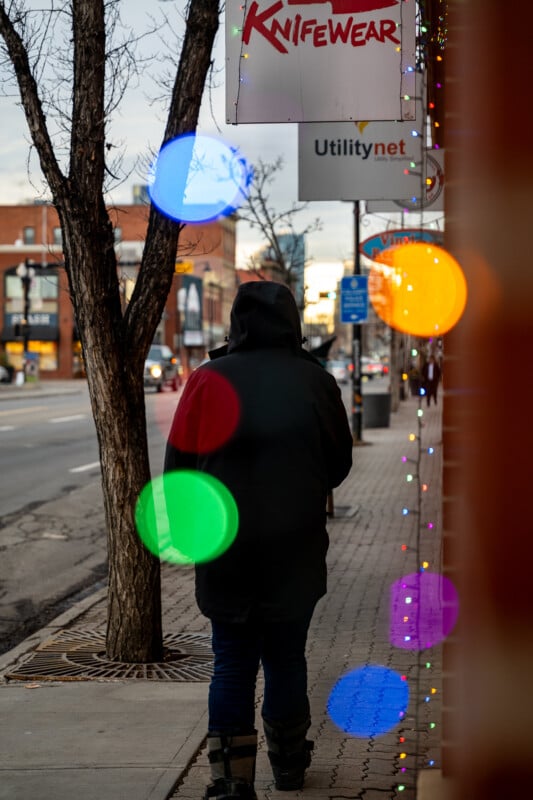
Leica SL3-S Hands-On: We’ve Seen This Sensor Before
Leica wants this SL3-S to be a more accessible and versatile camera than the SL3. By using a more affordable 24-megapixel sensor which is very similar in capability to the Panasonic S5 series, the company hopes consumers will resonate with the faster shooting speeds and full-width 4K video modes. In truth, this sensor is effectively the same as the Panasonic S5 II cameras specifically, featuring hybrid phase-detection AF and a rather pedestrian read-out speed.
Don’t get me wrong, the sensor is perfectly appropriate for the affordable S5 II, but the SL3-S pricing places it firmly against mirrorless cameras with much faster stacked sensors that have higher read-out speeds and more megapixels. The SL3 with its 60-megapixel sensor is also overpriced for what it is but at least that sensor has no equal in the full-frame market. I can’t help but feel like the SL3-S is playing in a much bigger pond where the sticker shock is just that much more shocking.
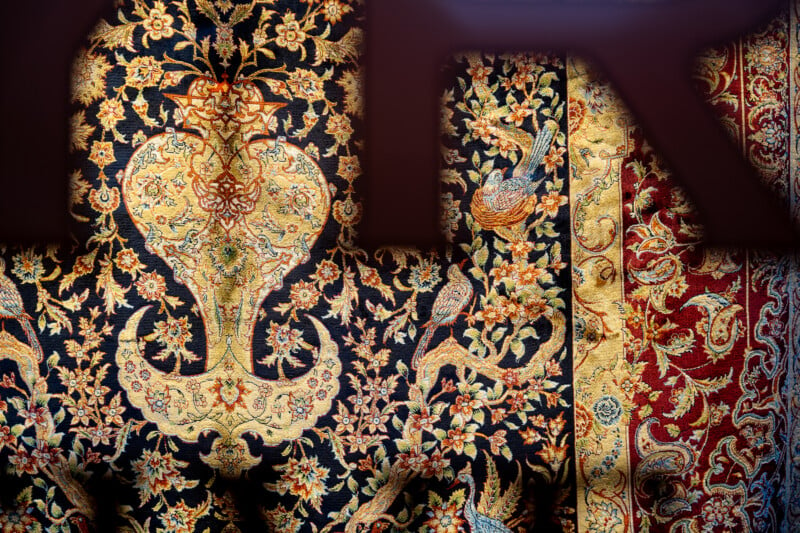
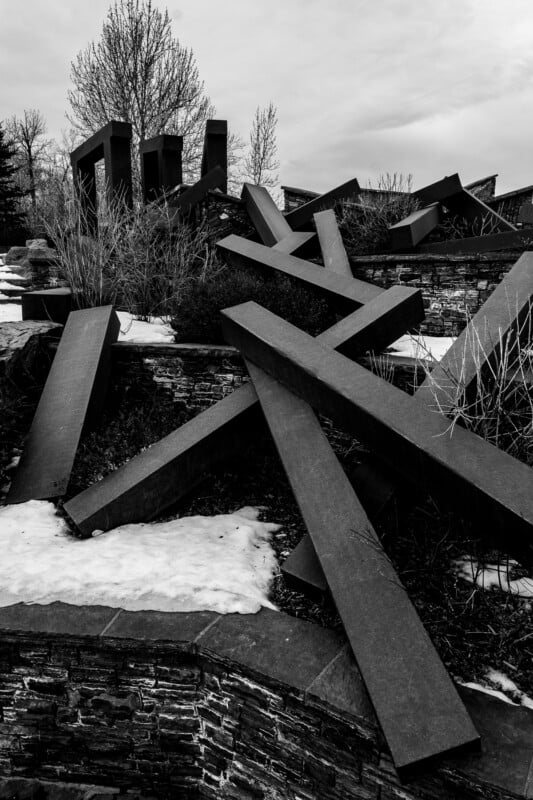
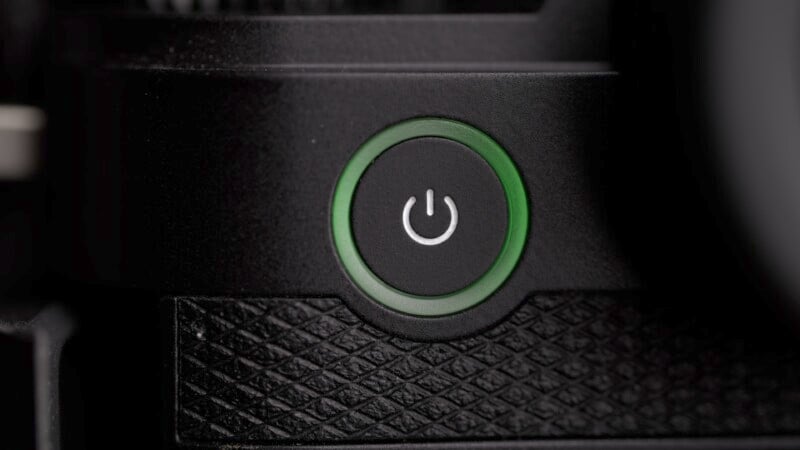
Of course, the 24-megapixel sensor coupled with prestigious Leica optics make for some beautiful images and anyone using the SL3-S will be very happy with the results that they can get. The IBIS, or in-body-image-stabilization, is borrowed from the SL3 and provides excellent stability. It also allows for both handheld and tripod-based multi-shot imagery that can push the resolution up to 96 megapixels. This all processes in-camera and gives noticeably better results with stationary scenes although the camera can also compensate for small amounts of movement in the scene, given the use of a tripod.
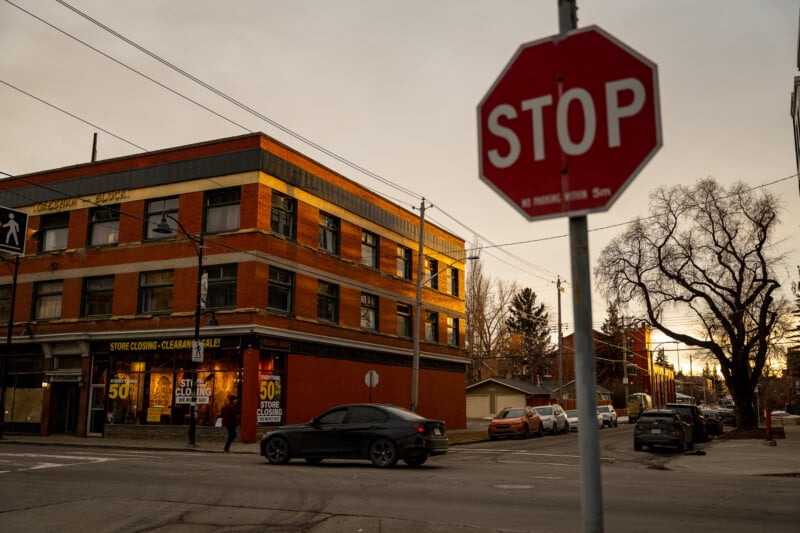
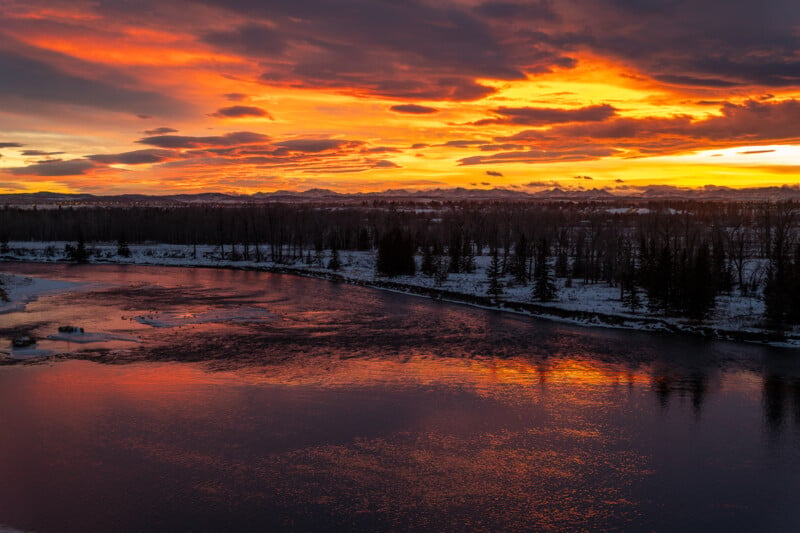
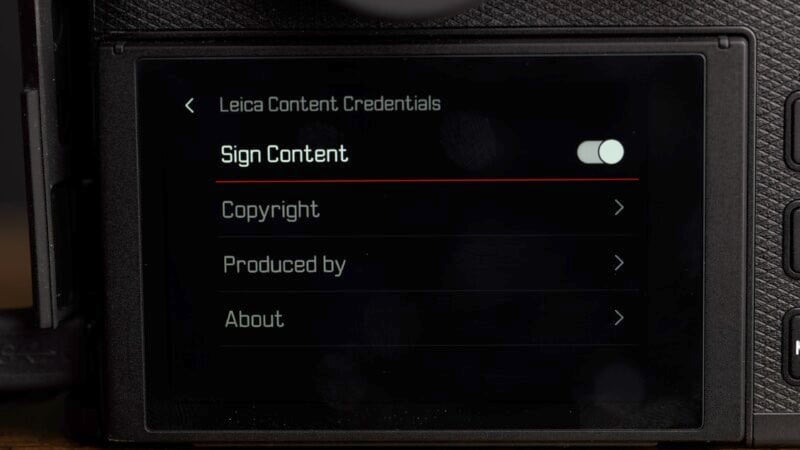
The SL3 was not what I would consider a sports or action camera and I found the autofocus to be better suited for studio and landscape scenes. However, the S model does have a slightly faster scanning sensor and should have an advantage over the SL3. The camera I had was final hardware but not final firmware so I can’t be too definitive about the results but I will say that the tracking AF performance was slightly better than the SL3 and pretty similar to the Panasonic S5 II cameras. This makes sense given the shared relationship these two companies have but it is important to note that the competition has pulled ahead in terms of AF performance and Sony, Canon, and Nikon all provide more reliable autofocusing right now. I did find the eye/face detection AF and the animal detection AF to work quickly and accurately outside of any fast movement and the SL3-S was picking out birds against busy backgrounds with aplomb.


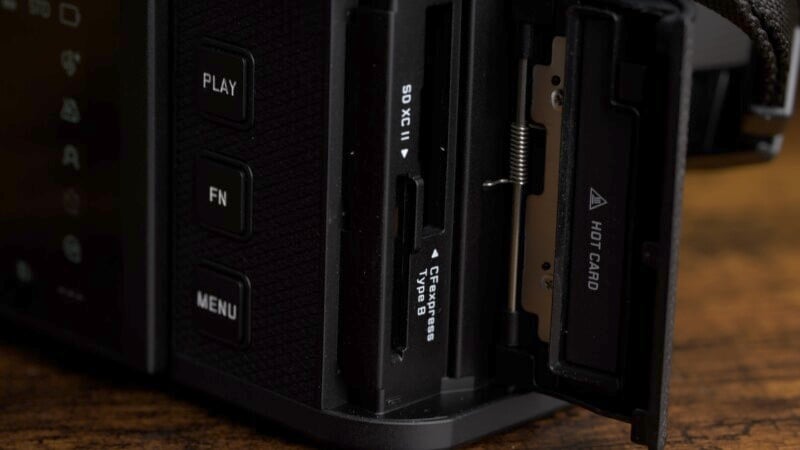
The SL3-S is also slightly faster shooting bursts with the ability to hit five frames per second (FPS) using 14-bit RAW, and seven using 12-bit RAW. The 24-megapixel sensor also allows for faster electronic shooting modes up to 30 FPS with autofocusing engaged with 12-bit image quality. Again, this is very similar to Panasonic S5 II performance although the S5 II can push nine FPS with its mechanical shutter versus the SL3-S at seven FPS. I feel like the only tangible advantage over the far more affordable S5 II is the deeper and faster-clearing buffer rate due to the CFexpress card type.
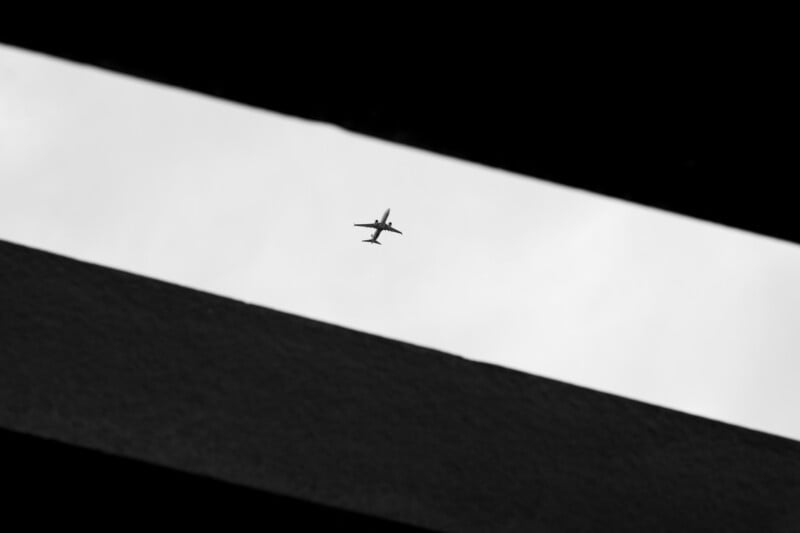
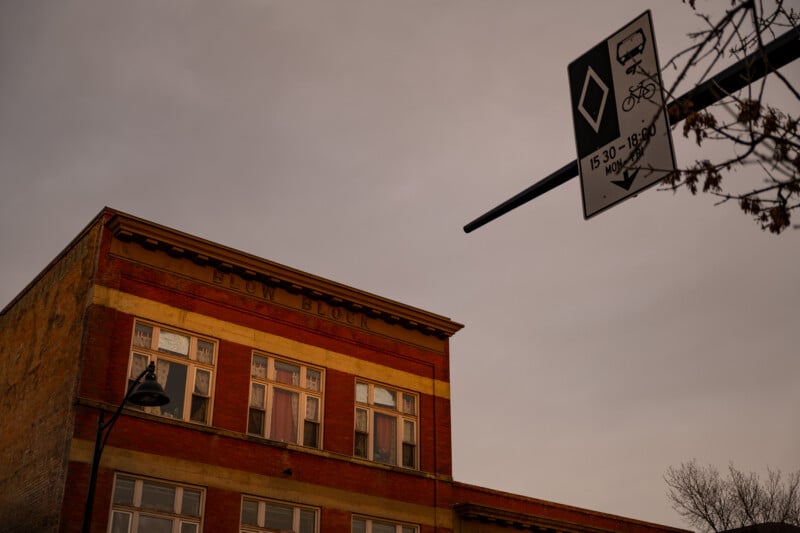
Leica SL3-S Hands-On: Why Would You Buy It?
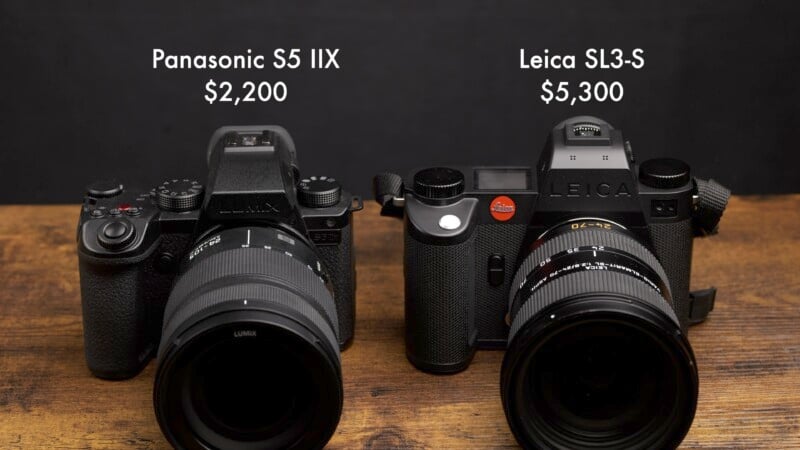
So far, it seems like a smart body design and a deeper buffer are the only stand-out advantages that the SL3-S has, but what about video capability? The SL3-S can shoot 4k 30P video the full-width of the sensor and 4k 60P is possible with a crop. It also shoots up to 6K with open gate recording and competes directly against the Panasonic S5 IIX. Leica has made real progress with the look and quality of its cinema modes and the SL3-S is very capable in this regard. Furthermore, the SL3-S can record 12-bit Raw video to an external recorder. It can also record internal C4K ProRes right to the CF Express card whereas the S5 IIX needs to use an external SSD. Essentially the SL3-S and the S5 IIX are on par when it comes to video with the added bonus that the SL3-S can record internal ProRes. This benefit does not justify the huge price disparity between the two cameras, however.


There will be those who love the Leica brand and will happily purchase the SL3-S regardless of the price. Existing SL users may also see merit in upgrading their older cameras to take advantage of the autofocus and shooting speed improvements. It’s important to remember that the Leica is a perfectly capable camera system and very enjoyable to use. My complaint stems almost solely from the fact that you are paying more than double the price at $5,300 for a camera that is largely identical to the Panasonic S5 IIX in capability. I would take the Panasonic every time. Let’s also consider that the SL3-S is way more expensive than the Nikon Z8, Canon EOS R5 mkII, and Sony A7RV. These cameras which are vastly superior to the SL3-S in so many ways make any sort of logical comparison impossible. As much as I can enjoy using the SL3-S, I can’t think of any situation where I would happily recommend it.